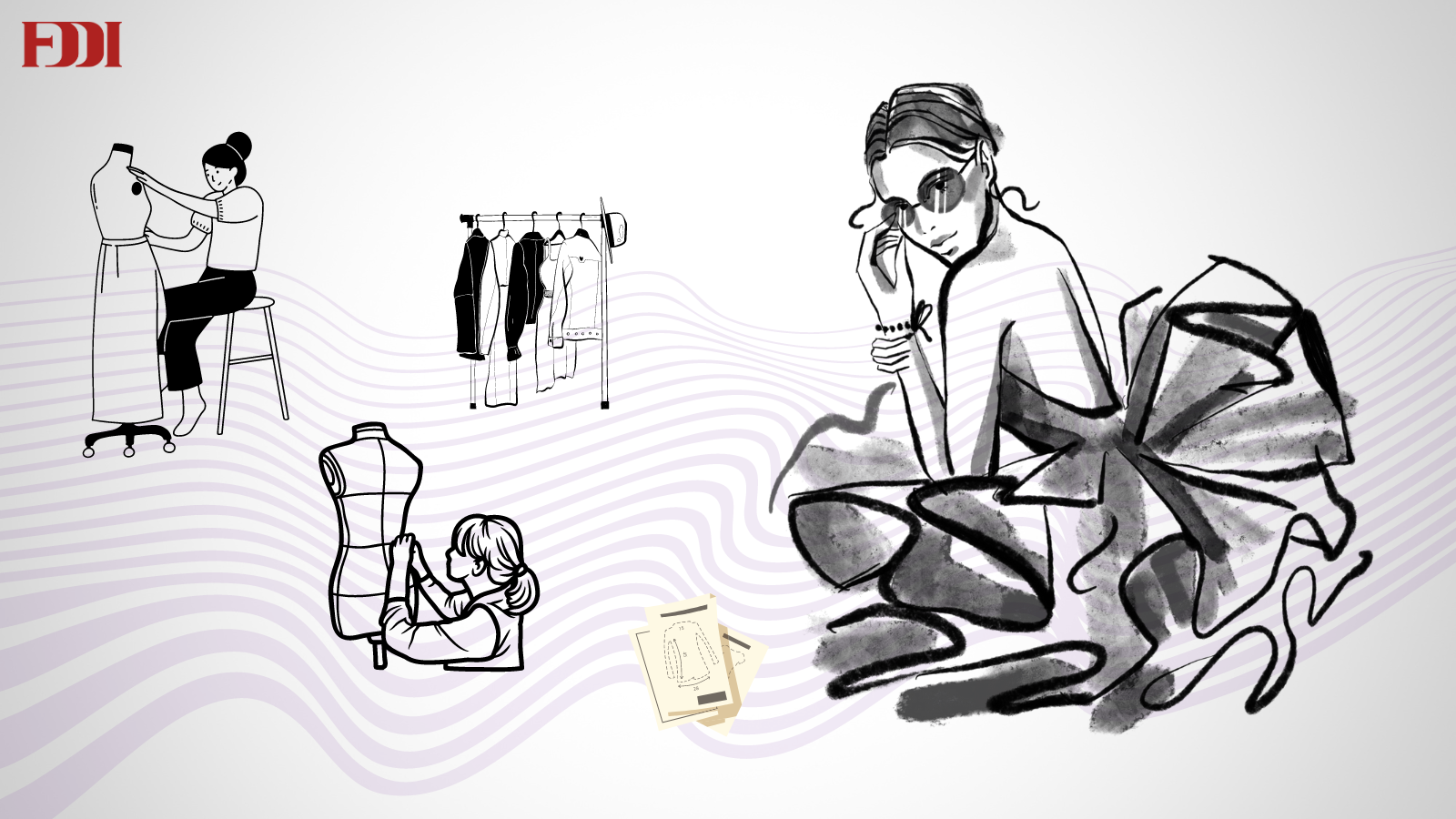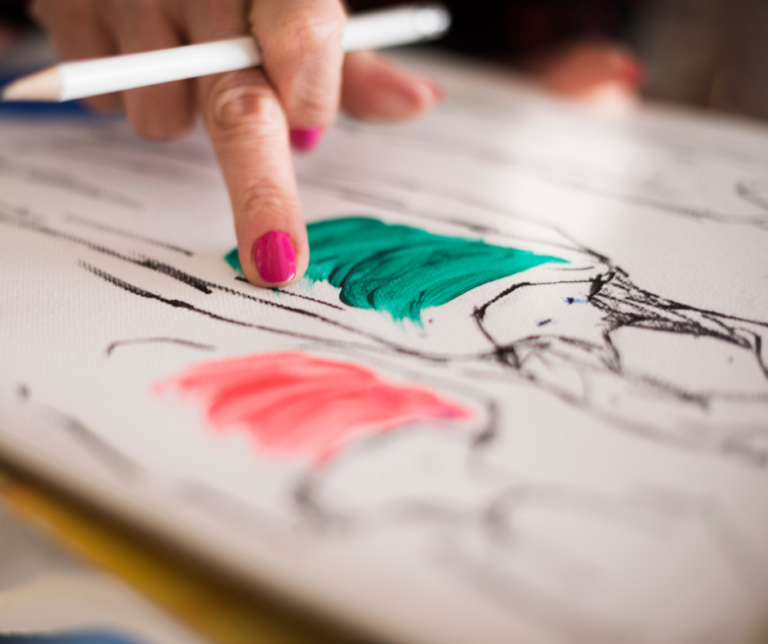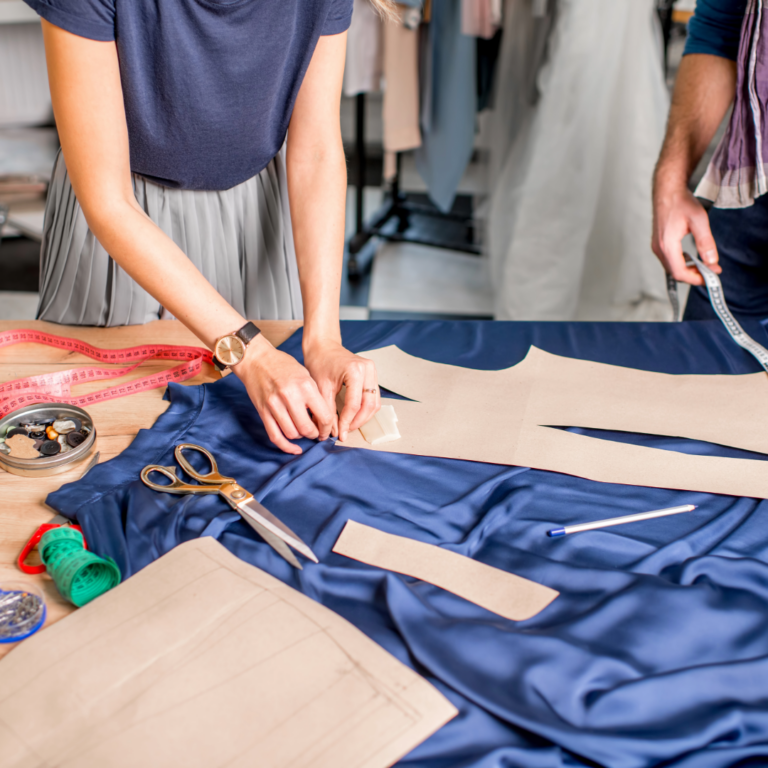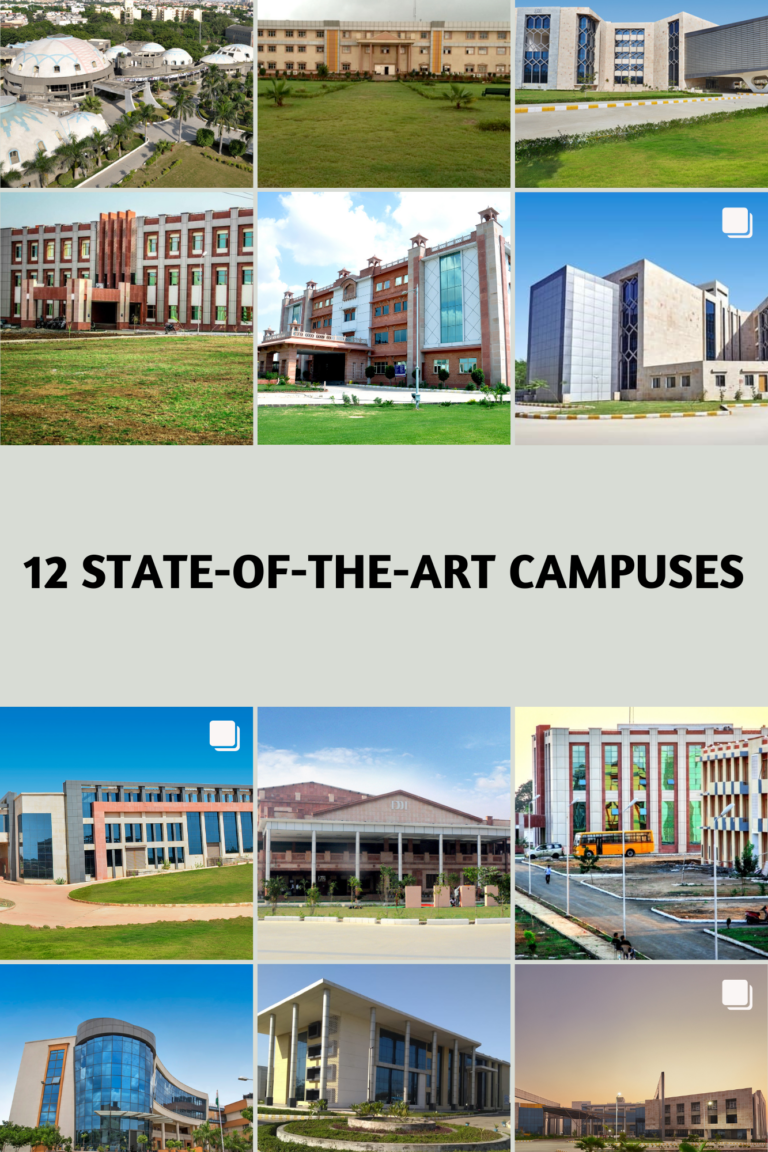Introduction:
In the dynamic world of fashion, staying ahead of trends and technologies is crucial. The integration of cutting-edge technology in fashion design education has become essential for preparing students to meet the demands of the modern industry. The Footwear Design & Development Institute (FDDI) stands at the forefront of this transformation, leveraging advanced technology to revolutionize fashion design education. This blog explores the pivotal role technology plays in shaping the future of fashion design at FDDI.
The Intersection of Fashion and Technology:
Fashion design, traditionally a domain driven by creativity and manual skills, has evolved significantly with the advent of technology. From digital design tools to 3D printing, the incorporation of technology has enhanced the precision, efficiency, and creativity of fashion design processes. FDDI recognizes this paradigm shift and has embraced technology to offer a comprehensive, future-ready education.
1. Advanced Design Software and CAD Tools:
At FDDI, students have access to state-of-the-art design software and Computer-Aided Design (CAD) tools. These technologies enable students to create intricate designs with precision and ease. By mastering CAD tools, students can visualize their concepts in 3D, make real-time modifications, and streamline the entire design process. This hands-on experience with industry-standard software prepares them for seamless integration into professional environments.
2. 3D Printing and Prototyping:
3D printing technology has revolutionized the way fashion designers create and prototype their designs. FDDI incorporates 3D printing into its curriculum, allowing students to bring their digital designs to life with unparalleled accuracy. This technology not only speeds up the prototyping process but also encourages experimentation with complex geometries and innovative materials. Students can quickly iterate on their designs, reducing the time and cost associated with traditional prototyping methods.
3. Virtual and Augmented Reality (VR/AR):
Virtual and augmented reality technologies are transforming the way fashion is designed, presented, and experienced. FDDI utilizes VR and AR tools to create immersive learning experiences. Students can explore virtual showrooms, participate in virtual fashion shows, and even visualize how their designs will look and move in a real-world setting. This immersive approach enhances their understanding of spatial relationships, garment fit, and overall design aesthetics.
4. Digital Pattern Making and Grading:
Digital pattern making and grading systems have streamlined the traditionally labor-intensive processes of pattern creation and sizing. FDDI’s curriculum includes training on these digital tools, enabling students to develop accurate patterns and efficiently grade garments across various sizes. This not only enhances their technical skills but also ensures they are proficient in industry-relevant technologies.
5. Sustainable Design Technologies:
Sustainability is a key focus area at FDDI, and technology plays a crucial role in promoting eco-friendly practices. The institute integrates sustainable design technologies such as digital textile printing, which reduces water and chemical usage compared to traditional printing methods. Additionally, students learn about sustainable material sourcing and lifecycle assessment tools that help minimize the environmental impact of their designs.
6. E-Learning Platforms and Online Collaboration:
In today’s interconnected world, the ability to collaborate remotely is essential. FDDI leverages e-learning platforms and online collaboration tools to facilitate seamless communication and project management among students and faculty. These platforms support interactive learning, virtual classrooms, and remote design critiques, ensuring that students remain engaged and productive, regardless of their physical location.
Success Stories:
The impact of technology on fashion design education at FDDI is evident in the achievements of its graduates. Alumni have gone on to launch successful fashion brands, innovate with new materials and techniques, and secure positions in top fashion houses globally. Their ability to leverage technology has set them apart in a competitive industry.
Case Studies:
1. Digital Fashion Shows: FDDI recently hosted a virtual fashion show, showcasing student designs through augmented reality. This event not only demonstrated the students’ design skills but also highlighted their proficiency in using cutting-edge technology to create immersive experiences.
2. Sustainable Collection Using 3D Printing: A group of FDDI students developed a sustainable footwear collection using 3D-printed biodegradable materials. This project exemplifies how technology can drive innovation in sustainable fashion design, aligning with global trends towards eco-consciousness.
Conclusion:
Technology is a game-changer in the field of fashion design, and FDDI is committed to equipping its students with the tools and skills needed to thrive in this evolving landscape. By integrating advanced technologies into its curriculum, FDDI ensures that its graduates are not only creative and skilled designers but also proficient in the latest technological advancements. This forward-thinking approach positions FDDI as a leader in fashion design education, shaping the future of the industry.
Call to Action:
Are you ready to embrace the future of fashion design? Join us at FDDI and gain hands-on experience with cutting-edge technologies that will set you apart in the fashion industry. Explore our Fashion Design programs and apply today at https://link.fddiindia.com/fddi.






